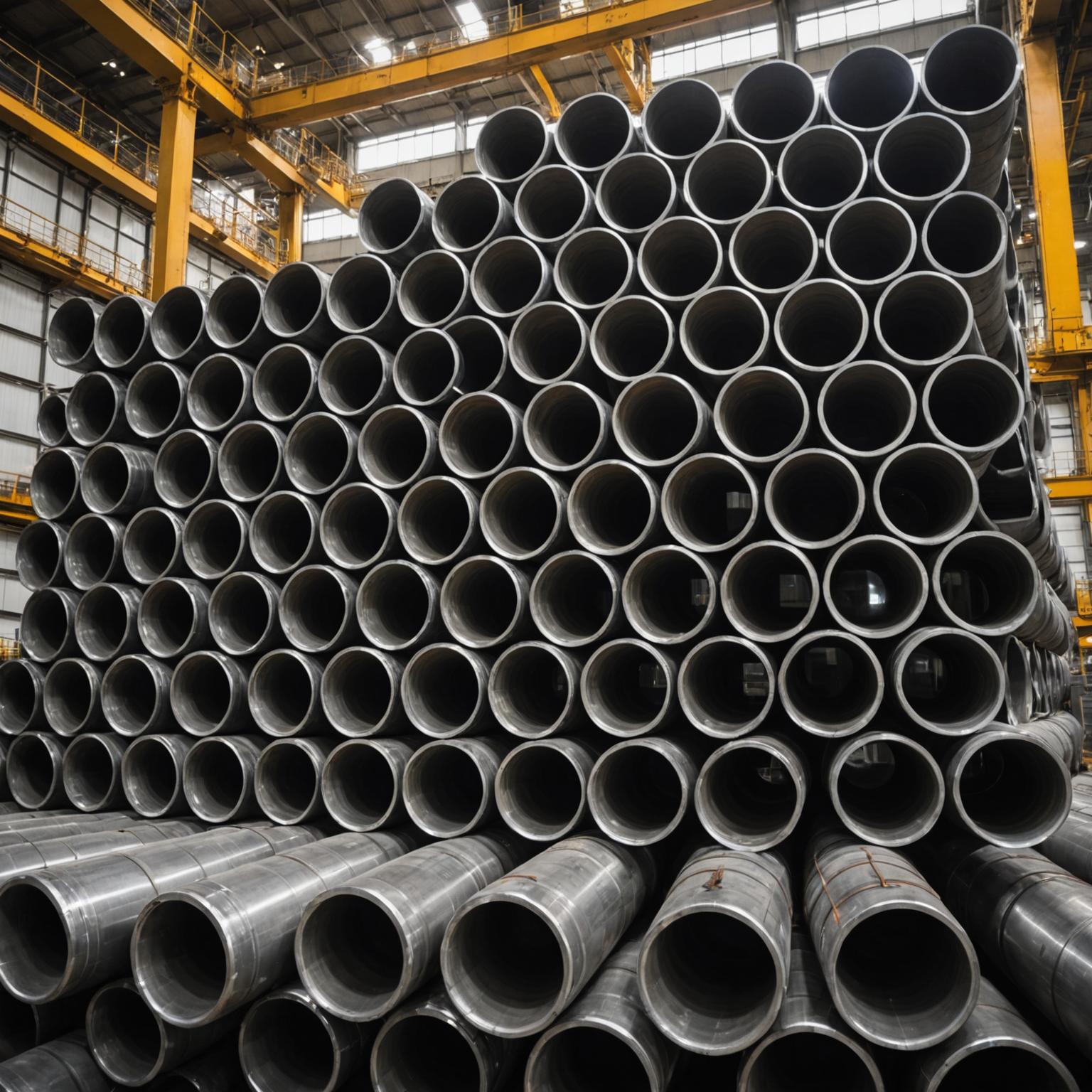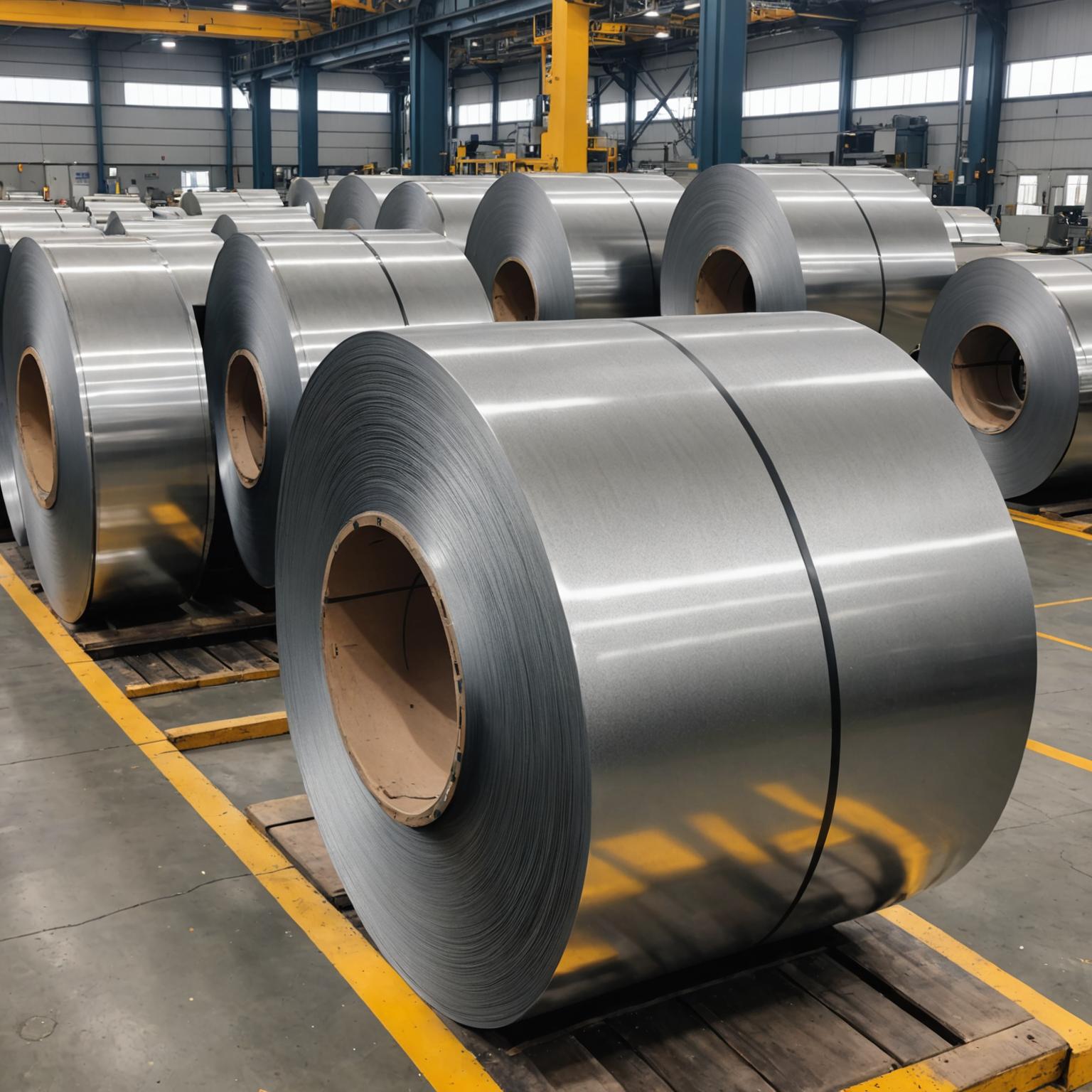The Foundation of Precision Engineering
Understanding the specifics of materials is fundamental to the success of any engineering, architectural, or manufacturing project. For one of the world's most versatile and durable materials, this knowledge begins with a simple yet indispensable tool: the stainless steel sheet thickness chart. This chart is the universal translator that ensures precision, safety, and efficiency across countless applications, from towering skyscrapers to intricate medical devices. For industry leaders and innovators, sourcing materials from a trusted supplier like Span International ensures that the theoretical specifications on a chart are perfectly realized in the final, high-performance product, laying a reliable foundation for any ambitious project.
Decoding the Stainless Steel Sheet Thickness Chart
A stainless steel sheet thickness chart is a standardized reference guide that correlates different measurement systems used to define the thickness of a steel sheet. The most common system used in North America is the gauge system, often abbreviated as 'ga'. A crucial point to understand about the gauge system is its counterintuitive nature: the smaller the gauge number, the thicker the steel sheet. For instance, a 10 gauge sheet is significantly thicker and more robust than a 20 gauge sheet. The chart provides a direct conversion from these gauge numbers to more universally understood measurements like decimal inches and millimeters. This translation is vital because it eliminates ambiguity and ensures everyone on a project—from the designer and engineer to the fabricator and installer—is working with the same exact dimensions. Without this standard, chaos would ensue, leading to errors, waste, and compromised structural integrity.
Why Standardized Thickness Matters in Design and Fabrication
The importance of selecting the correct material thickness cannot be overstated. It directly impacts structural integrity, fabrication processes, and overall project cost. A sheet that is too thin for a load-bearing application could buckle or fail, posing significant safety risks. Conversely, using a sheet that is unnecessarily thick adds excess weight and inflates material costs without providing any functional benefit. In fabrication, thickness dictates the tools and techniques required for cutting, bending, and welding. Laser cutters, press brakes, and welding equipment are all calibrated for specific thickness ranges. Attempting to process a sheet outside the intended range can lead to poor quality cuts, inaccurate bends, or weak welds, not to mention potential damage to expensive machinery. A reliable thickness chart allows engineers to precisely calculate load capacities and select the most efficient material for the job.
Navigating Common Grades and Their Typical Applications
Stainless steel is not a single material but a family of alloys, each with unique properties. The thickness required often depends on the grade and its intended use. Grade 304, for example, is the most common stainless steel, known for its excellent corrosion resistance and formability. It's the workhorse of industries, used in everything from kitchen sinks and food processing equipment to architectural panels and trim. Grade 316 contains molybdenum, giving it superior resistance to chlorides and other corrosive agents. This makes it the ideal choice for marine environments, chemical processing plants, and medical implants, where durability is non-negotiable and thicker sheets may be required for structural resilience. Grade 430 is a more cost-effective, magnetic stainless steel often used in decorative interior applications and automotive trim where it is not exposed to harsh conditions. The chart helps professionals select the right combination of grade and thickness to optimize both performance and budget.
Span International: Your Partner in Precision Materials
Choosing the right material involves more than just reading a chart; it requires a supplier who can deliver on the promise of precision. A company like Span International stands at the forefront of this, providing premium high-grade steel sheets crafted to meet the most demanding specifications. Their commitment to flawless uniformity and pristine surfaces ensures that every sheet matches the exact thickness required for advanced applications. This precision is crucial for industries like automotive and aerospace engineering, where tolerances are razor-thin. When materials are destined for laser cutting, pressing, and precision welding, consistent thickness is paramount for automated processes to run smoothly and efficiently. Span International understands that their products are the foundation for innovation, offering materials with unmatched durability and versatility that empower designers and engineers to push the boundaries of what's possible.
A Practical Guide to Using a Thickness Chart
Effectively using a stainless steel sheet thickness chart is a straightforward process. First, identify the desired gauge number in the primary column of the chart. Next, look across that row to find the corresponding thickness in your preferred unit of measurement, whether it's decimal inches or millimeters. Many comprehensive charts also include the material's weight per square foot or square meter. This data is invaluable for logistic planning, shipping calculations, and structural engineering to determine the total weight of a finished assembly. It is also important to remember that all manufacturing processes have a 'tolerance,' which is an acceptable range of deviation from the nominal thickness. Reputable suppliers work to keep these tolerances as minimal as possible, ensuring you receive a product that is as close to the specified dimension as technology allows.
Making the Right Choice for Your Project
In conclusion, the stainless steel sheet thickness chart is a fundamental tool for anyone working with this exceptional material. It bridges the gap between design intent and physical reality, ensuring that every component is built for strength, efficiency, and longevity. By understanding how to read the chart and appreciating the critical relationship between gauge, thickness, grade, and application, you can make informed decisions that enhance the quality and success of your project. Ultimately, the best designs are realized when superior planning is paired with superior materials. Partnering with a knowledgeable and quality-focused supplier like Span International guarantees that the precision you specify on paper is the same precision you get in your final product, ensuring a result that is both powerful and perfect.








